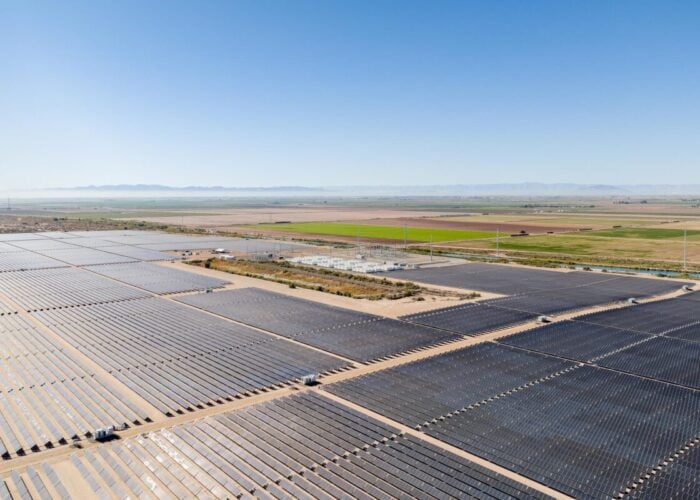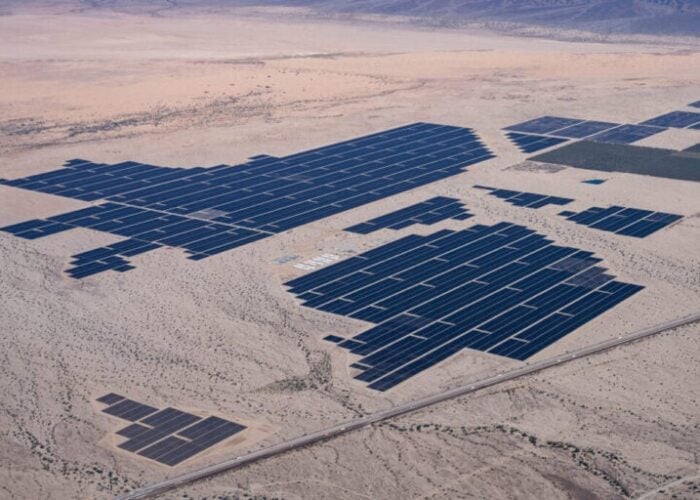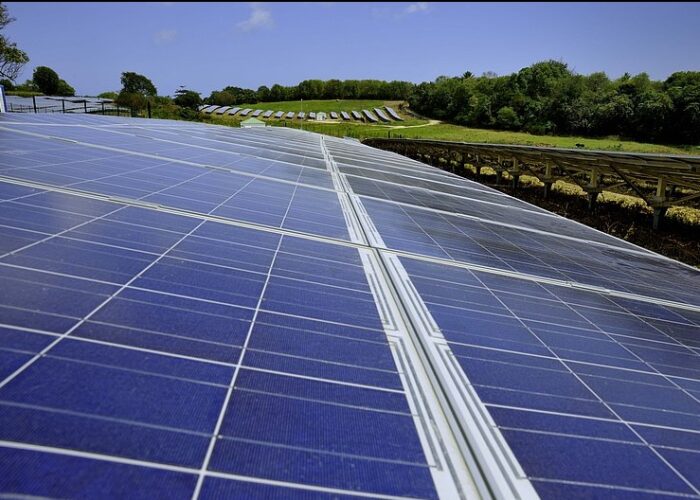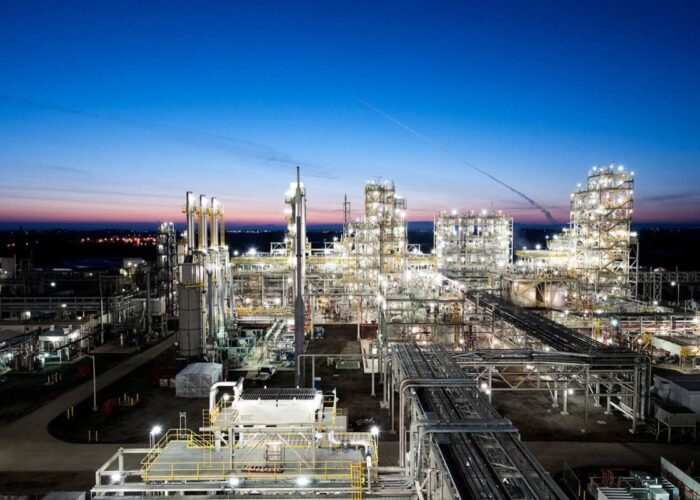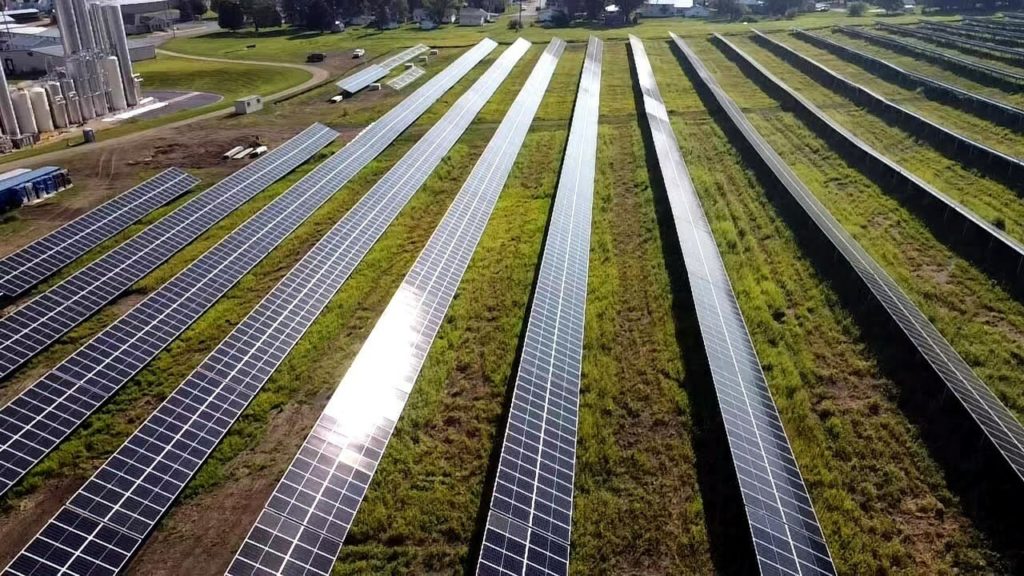
The US has the potential to add nearly 1TW of community solar capacity if all technically viable community solar is deployed, according to the National Renewable Energy Laboratory (NREL).
In a recent report, called ‘Technical Potential and Meaningful Benefits of Community Solar in the United States’, NREL estimated technical potential for community solar capacity deployment with two different regimes, one dubbed Limited Access, with 967GWac, while the Reference Access more than trebles that number with 2.9TWac.
Unlock unlimited access for 12 whole months of distinctive global analysis
Photovoltaics International is now included.
- Regular insight and analysis of the industry’s biggest developments
- In-depth interviews with the industry’s leading figures
- Unlimited digital access to the PV Tech Power journal catalogue
- Unlimited digital access to the Photovoltaics International journal catalogue
- Access to more than 1,000 technical papers
- Discounts on Solar Media’s portfolio of events, in-person and virtual
The resource area for ground-mount community solar systems ranges from nearly 12,000 to 53,000 km2, which is in addition to resource areas considered for utility-scale renewables in urban and suburban areas where only smaller systems can be deployed and are not located on federally owned lands.
However, this is not the case in rural areas with large areas of land near substation interconnections, where utility-scale renewable energy would compete with community solar.
In both scenarios, the deployment would be made by rooftop and ground-mounted community solar, with the former’s potential capacity installation at nearly 400GW in either scenario.
At the moment only the state of New York has installed more than 1GW capacity, with 1.6GW, nearly as much as the following two states – Minnesota and Massachusetts – combined, as shown in the chart below.
Other states could follow suit of New York in reaching the GW-scale for community solar capacity deployment, among them Ohio, which last year established a 1.5GW programme or Wisconsin, with the potential to generate 1.75GW of community solar.
Calls to treble community solar by 2025
Momentum for community solar has been on the rise since the Inflation Reduction Act was passed in August 2022 and with several programmes – either for the financing of community solar projects or to help low-income communities – directed to boost community solar’s growth.
The market is expected to double in the coming years with 6GW to come online between 2023-27, according to a joint report from analysis firm Wood Mackenzie and trade association the Coalition for Community Solar Access (CCSA).
During the US Department of Energy’s National Community Solar Partnership (NCSP) Annual Summit yesterday (14 February) DOE’s principal deputy assistant secretary, Jeff Marootian, called for the solar industry to treble the installed capacity of community solar to 20GW by 2025, up from 7GW currently.
The target, which was announced by the National Community Solar Partnership (NCSP) – a coalition of community solar stakeholders – in 2021, would allow subscribers to save US$1 billion in energy savings.
Interest in community solar across the US continues to grow, not only from solar developers but also from investors with many transferability transactions coming from community solar. “There’s a lot of investment appetite,” said Bruce Stewart, CEO of community solar service provider Perch Energy in a conversation with PV Tech Premium earlier this week.

